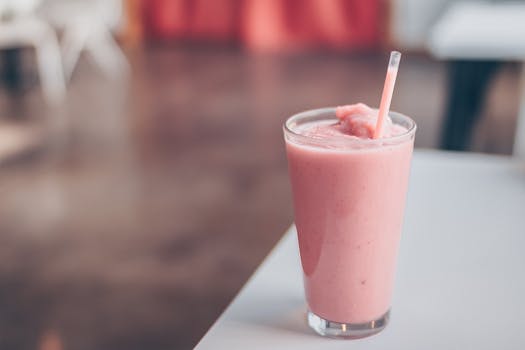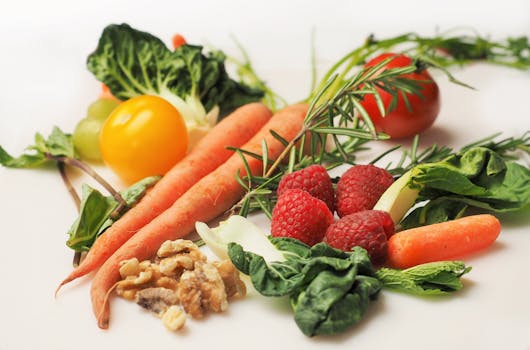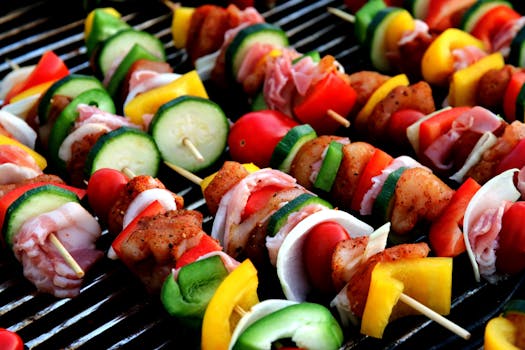FRUIT HUNTER
In this blog, we were asked to become Fruit Hunters and find and taste a fruit that we are not familiar with. My Fruit Hunter assignment took me to the Ontario Food Terminal. I went there because my father works at the Ontario Food Terminal and I would have a better variety of fruits to choose from.
The day that I went down to the Ontario Food Terminal, I walked into some companies and asked what fruit they had that was unique and different. One person suggested the Dragon Fruit. When I looked at the fruit, I thought it was different and something that I had never seen before.
 |
| Dragon Fruit |
Dragon fruit's botanical name is Hylocereus Undatus. Dragon fruit looks like a pink soft pineapple with spikes. The skin can either be pink, red or yellow and the inside is either white or red. The dragon fruit that I picked had a white inside.
An interesting fact about dragon fruit is that it is pollinated at night by bats and moths. Dragon fruit needs rainfall of around 600 - 1300 mm and a maximum temperature of 38 - 40 degrees Celsius.
Dragon fruit is rich in nutrients and low in calories. It is high in fiber, manganese, iron and various vitamins and minerals. The health benefits of dragon fruit is that it has the ability to aid in weight loss, control diabetes, improve digestion, and lower cholesterol.
Dragon fruit originated from Mexico, South America, and Central America. New settlers brought it to Southeast Asian nations like Cambodia, Thailand, Taiwan and Vietnam. Dragon fruit today is exported from Southeast Asian countries, such as Thailand and Vietnam.
The company that I got the dragon fruit from was selling a case of dragon fruit for $75.00 to grocery stores. I checked Sobeys and Metro near my house and they were selling dragon fruit for $3.99 each.
My sensory evaluation of dragon fruit is that it is a pretty color of pink and when I cut it open, it was white with black seeds. It smelt like kiwi. When I tasted the fruit, it was sweet but not overly sweet. The taste reminded me of a pear. It was not an overpowering flavor.
Dragon fruit is best eaten chilled, or chopped into cubes and added to fruit salad or blended into drinks or smoothies.
 |
| Dragon Fruit and Banana Smoothie |
Dragon Fruit Smoothie - Makes 2 Servings
Ingredients
2 cups frozen dragon fruit cubes
1/3 cup plain Greek yogurt
1 banana
Procedure
1. In a blender, liquefy the ingredients
2. Serve in two bowls
3. Add extra toppings if you like
What I learned from this Fruit Hunter assignment is that I should be more open to trying new things even though they may not look as appealing to eat. The dragon fruit did not look appealing but it was still good. I do not think I will eat it on a regular basis but if it is on the table, I would not think twice about eating it.
References
"Dragon Fruit". www.dragonfruititaya.com
Images from www.pixel.com
Staughton, John. "19 Health Benefits of Dragon Fruit (Pitaya)". Organic Facts, 2018 Organic Information Services Pvt Ltd. www.organicfacts.net/health-benefits/fruit/health-benefits-of-dragon-fruit.html
"What is Dragon Fruit Good For?". FoodFacts by Mercola. October 7, 2016. www.foodfacts.mercola/dragon-fruit.html













